In the face of so-and-so’s 100th day (sigh) and the doom and gloom of potential pandemics, I took a few moments today to do a little industry introspection and extrapolation to see where we are headed.
Just a little over a decade ago the IP PBX was introduced by NBX Corporation and Selsius Systems. Each of these startups were quickly acquired by 3Com and Cisco respectively. The category was quickly joined with a slew of hybrid digital-IP systems from Nortel and Avaya and others. The customer value proposition at that time was the claim to significantly reduce costs over classic TDM PBXs. Not necessarily lower capital cost, but lower operations cost.
This primary advantage was through the design of a user web interface, so users could select features and service interactions and define their preferences from a browser and not through the TUI (telephone user interface). The use of IP and Ethernet as the core networking infrastructure allowed a degree of physical independence that had never been seen before. Users could now implement their own Moves, Adds and Changes (MACs) by unplugging their phones and moving to the new cubicle. Logging in with extension number and password allowed the call control server to associate specific features with the phone’s latest network-assigned IP address. And in new construction implementations, there was no need to deploy one cabling system for voice and another for data enabling some form of convergence at the network layer.
In digital systems, the outlet in the wall is physically attached to a specific fabric interface over which all features are defined and delivered. So, MACs require configuration changes at the fabric interface, a domain not normally available to users. Starting around 2004 Siemens, Nortel, 3Com (and then followed by every other player since including open source projects) introduced Session Initiation Protocol (SIP)-based IP PBXs that were designed with a more modular architecture, separating the applications from the signaling and session management services.
This new approach enabled greater industry fragmentation as users could more easily integrate third party software products such as directory services, authentication controls, conferencing servers, messaging applications, interactive voice response systems, contact center applications, call recording servers, presence, instant messaging applications and many more real-time and store-and-forward applications into their core dial-tone infrastructures. The value proposition changed accordingly from saving money through self-administration and converged networks to being able to do more, with less effort, that is, productivity. These integrated communications and collaboration capabilities significantly differentiated the IP implementation from the classic PBXs. Extending that capability further with more recent improvements using Service-Oriented Architecture, which is a popular business process environment it is now practical to imbed SIP-based communications applications into other business processes and applications to further extend the productivity advantage of imbedding communications directly into business processes.
Now, the next big opportunity is going to be mobile unified communications. Up until now, the mobile operators’ walled garden of tightly controlled and stupid devices and skinny network bandwidth has done wonders for reducing the cost of service for consumers, but have done very little for the earliest adopters of mobile services – business users. Of course, BlackBerry and mobile email were the addicting platforms for early adopters. But, like the Internet in 1995, using the Internet for email was a rage, until the bandwidth opened up into 100s of kilobits per second showed a real-time graphical experience possible with the web. The mobile environment is just now rolling out devices with processing power, development environments that actually encourage innovation, mobile commerce features that pay developers for their skill and network bandwidth that are beginning to approach meaningful levels of performance. Business applications leveraging workflow for mobile users are helpful and will continue to seize the imagination of applications departments, but the ability to put all the features of the enterprise desktop phone on one’s mobile device – essentially, mobile unified communications – promises to do for unified communications what SIP did for the IP PBX. It will greatly improve the productivity of developers and business users.
Mobile UC is not a niche anymore. The Brockmann & Company published Mobile UC Buyer’s Guide analysis of ten vendor solutions over thirty features shows that mobile UC is real and widely available from a variety of vendors and solutions providers. Sure, not all features work on all platforms or work the same way on all mobile devices, since there are still plenty of idiosyncratic software capabilities/features/limitations that differentiate BlackBerry from iPhone from Nokia from Microsoft Windows Mobile and so on. And, we may never get to a common User Interface for each of these smart phone operating systems anyways.
Our industry is big enough though to support multiple innovations and thrusts at the same time. Video promises to fit nicely as the 'after-mobility' big thrust. The presence of high quality, low cost and interoperable systems helps address the needs of the large company migration from SD and ISDN to HD and IP, but doesn't really do much to enable the needs of the 100-1000 employee organization that is today, a video conferencing newbie. This segment is the one most likely to really accelerate video's promising growth and change the opportunities for interconnection, interoperability and frequent video communications.
Overall, I am encouraged that so many complex and useful features are extended from IP PBX desktop phones on so many distinct mobile devices and device categories, and that video communications technology is beginning to showcase all of the right sorts of capabilities. These extrapolations can only bode well for the level of innovation still happening in our industry.





